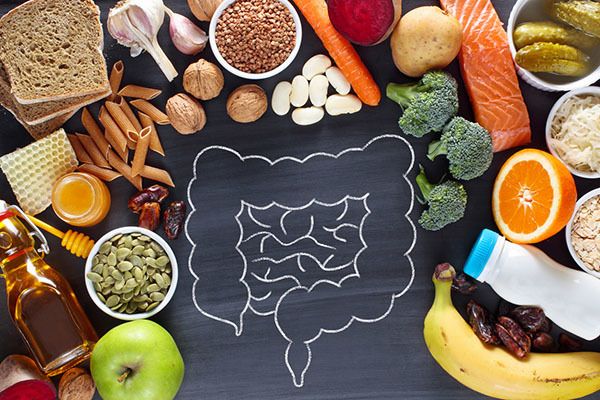Prevention of Hemorrhoids
Treatment for Hemorrhoids
1/22/2024
Managing Hemorrhoids Naturally: The Power of High-Fiber Food
What are hemorrhoids?
Hemorrhoids are swollen veins in the anal canal that can cause pain, itching, and bleeding. They are caused by pressure on the veins in the rectal area, due to straining during bowel movements, pregnancy, or obesity. Hemorrhoids can be internal, meaning they occur inside the rectum, or external, meaning they occur outside the anus.1
How can a high-fiber diet help prevent hemorrhoids?
A high-fiber diet can help prevent hemorrhoids by making bowel movements easier and reducing the need to strain during bowel movements. When you eat foods high in fiber, such as fruits, vegetables, and whole grains, the fiber adds bulk to your stool, making it easier to pass. This reduces the amount of pressure on the veins in the rectal area, which can help prevent hemorrhoids from developing.2
Fiber also helps keep your bowel movements regular, which can help prevent constipation. Constipation is a common cause of hemorrhoids, as straining during bowel movements can put pressure on the veins in the rectal area. By keeping your bowel movements regular, you can reduce the risk of developing hemorrhoids.
What foods should you eat for a high-fiber diet?
To ensure you are getting enough fiber in your diet, it is important to eat a variety of high-fiber foods. Here are some examples of high-fiber foods:
- Fruits: Apples, pears, bananas, oranges, raspberries, blackberries, and strawberries are all high in fiber.
- Vegetables: Broccoli, carrots, sweet potatoes, Brussels sprouts, and spinach are all high in fiber.
- Whole grains: Brown rice, quinoa, oatmeal, and whole-wheat bread are all high in fiber.
- Legumes: Lentils, chickpeas, black beans, and kidney beans are all high in fiber.3
How much fiber should you eat?
The recommended daily intake of fiber is, on average, 25 grams for women and 38 grams for men. However, many people do not get enough fiber in their diet. If you are not used to eating a high-fiber diet, it is important to gradually increase your fiber intake to avoid digestive discomfort.
To conclude, hemorrhoids can be an uncomfortable and painful condition, but a high-fiber diet can help prevent and treat hemorrhoids. By adding more fiber to your diet through fruits, vegetables, whole grains, and legumes, you can make bowel movements easier, reduce the need to strain, and reduce the risk of developing hemorrhoids. If you already have hemorrhoids, a high-fiber diet can help reduce pain and inflammation, making the condition more manageable.
It is important to remember that a high-fiber diet should be combined with other healthy lifestyle habits, such as regular exercise and drinking plenty of water. By taking a holistic approach to your health, you can prevent hemorrhoids and improve your overall well-being.
It is also important to consult your doctor and ask them about the appropriate treatment options, such as venoactive drugs. Only a health care professional can know what’s best for your specific situation.
REFERENCES
- National Institute of Diabetes and Digestive and Kidney Diseases. Hemorrhoids. https://www.niddk.nih.gov/health-information/digestive-diseases/hemorrhoids
- Alonso-Coello P, Mills E, Heels-Ansdell D, et al. Fiber for the treatment of hemorrhoids complications: A systematic review and meta-analysis. Am J Gastroenterol. 2006;101:181-188.
- National Institute of Diabetes and Digestive and Kidney Diseases. Constipation., 2021. https://www.niddk.nih.gov/health-information/digestive-diseases/constipation
2026


